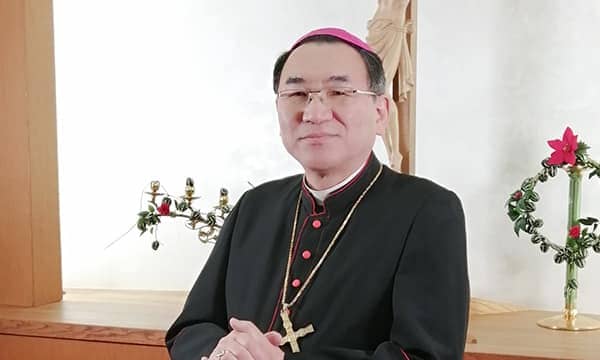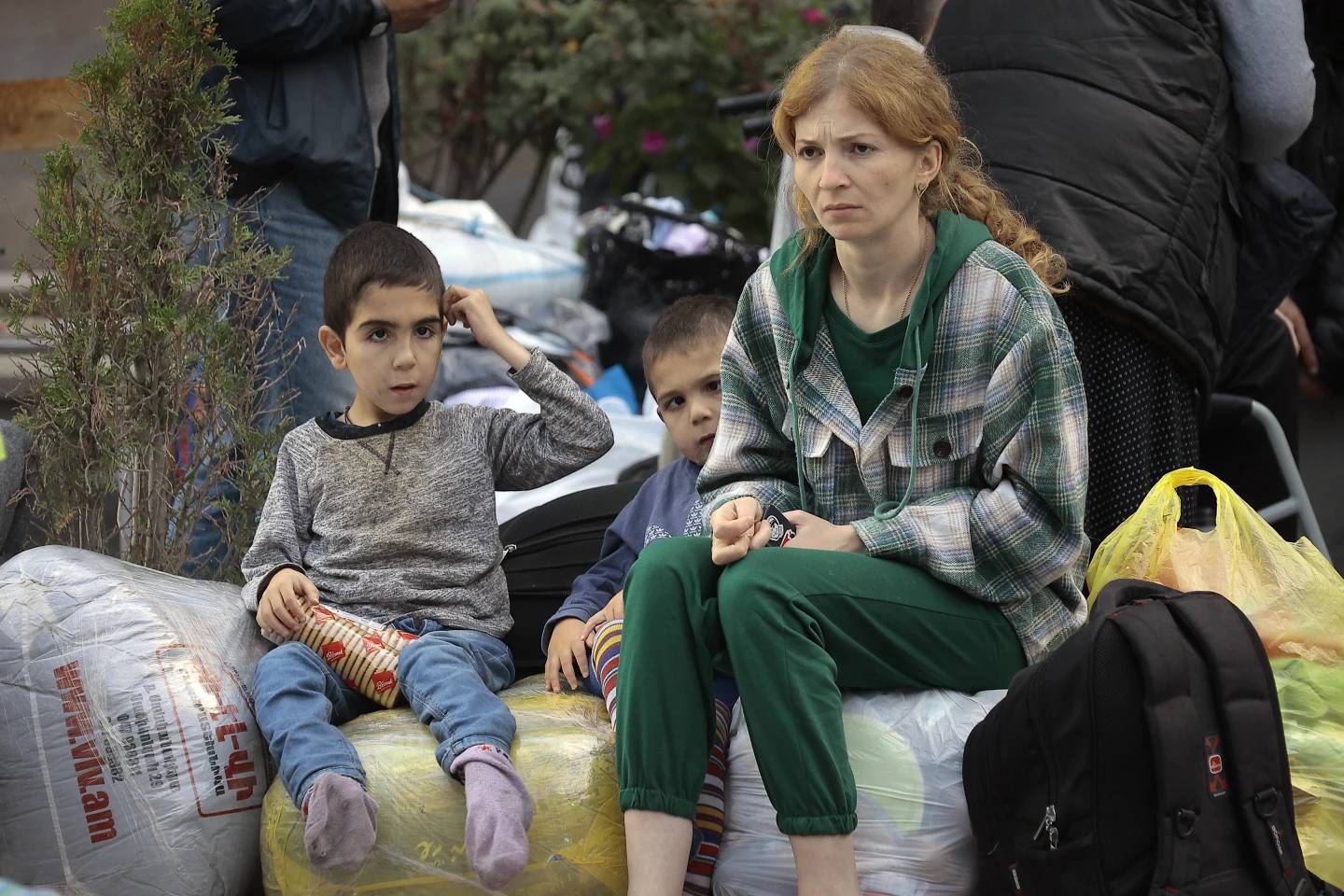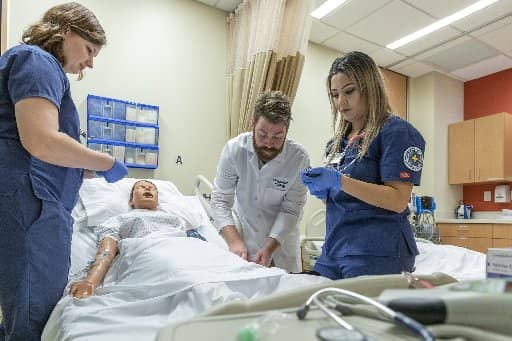ROME – Once again art and history are the diplomatic key in the ongoing process to bring the Vatican closer to the Kremlin and the Orthodox Church — and perhaps even bring the pope himself to Russia.
A new exhibit in Moscow, ‘The Romanov and the Holy See: 1613 -1917,’ showcasing never-before-seen documents from the Vatican library and the archives of the Russian Federation, proves that relations between Tsars and popes have deeper and more ancient roots than one might think.
Starting with the year 988, when Pope John XV sent ambassadors to the newly born Russia, the Holy See kept a thick correspondence and complex relationship with Moscow.
The show is “a tassel in the mosaic of several initiatives that show and document the good collaboration between the Russian Federation and the Holy See and consequently between the Catholic and Orthodox Church,” said Italian Archbishop Celestino Migliore, the Apostolic Nuncio in Moscow, in an interview with Italian media.
“If it’s true that ‘historia docet,’ history teaches, we take this message to go forward,” Migliore added.
It’s no secret that a papal visit to Russia would be the coronation of the Holy See’s decades-long diplomatic efforts to fully regularize relations and, as the exhibit proves, this hope has been coveted for centuries.
The central document showcased in Moscow is the 1847 Concordat, signed by Pope Gregory XVI and Tsar Nicholas I following his visit to Rome. The two met twice in December for long periods of time, mainly to discuss the situation of Catholics living under the tsar’s hegemony.
Nicholas firmly believed in an ideology called ‘Official Nationality’ based on Russian, Orthodox, and nationalistic values, which he pursued in no uncertain terms. Starting in 1839, the tsar forcibly converted Catholics in the Balkans to orthodoxy, causing outcry from the Vatican.
The Concordat guaranteed religious freedom for all Catholics in Russia and allowed for the nomination of a bishop for what today is a territory including Moldovia, Crimea and the Caucasus region.
The document “generally never leaves the walls of the Russian Imperial foreign policy archives,” said Marina Sidorova, the show’s curator, in an interview with Askanews.
Unfortunately the lessons learned from the historical Concordat are generally negative. Its rules were scarcely applied by the Russian authorities and did nothing in terms of preventing the ruinous Crimean War (1853).
When tracing the history of the Holy See and Russia one cannot help but notice a consistent failure in establishing a lasting, fruitful dialogue.
One just needs to think of Malta, a small island in the Mediterranean and once home to the Knights of Malta, and at one time key to Russia’s expansionist ambitions. The documents at the exhibit show that the tsars looked at the island as fundamental for communicating with European nations and facing off against the perennial threat of the Ottoman Empire.
Tsar Paul I created a headquarters for the Knights in Moscow, open also to non-Catholics, and when Malta fell to the French armies of Napoleon Bonaparte, the order made the Russian emperor its Grand Maester.
‘Super secret’ documents at the exhibit prove that Pope Pius VII was dangerously close to conceding Malta and the order be placed under the tsar’s protection.
“I would like to retire in Malta,” Pius wrote, “when the island will be restored to the order and, when it is liberated from the French, live there peacefully under the protection of the emperor of all of Russia,” a document from the Russian archives reads.
The pope also expressed his hope that the Roman and Greek Orthodox traditions be reunited as well as his intentions of going to Russia himself to speak with the Russian monarch.
That day never came and the tsar never had a chance to read the letter, having been murdered in his bedroom during a coup in 1801.
But the current Vatican diplomacy, led by Secretary of State Pietro Paolo Parolin, is not discouraged by the failures of the past and looks to the future.
“Today the bilateral collaboration develops in many diverse fields,” Parolin said during the opening ceremony of the exhibit, “from foreign politics to culture and education.”
Following the historical encounter between Pope Francis and Patriarch Kirill of the Orthodox Church in Havana, Cuba in 2015, Vatican officials have been paving the way for further official ties.
In May of last year, the relics of St. Nicolas, a saint profoundly loved and venerated by Orthodox Christians in Russia, were sent from the Italian town of Bari to Moscow and were viewed by millions of people.
Only a few months later in August, Parolin visited Russia to encounter its political and religious leaders on a trip that he later described as “useful, interesting and constructive.”
Talking to reporters, the cardinal also emphasized how in light of “its geographic position, its history, its culture, its past and present,” Russia has a “great role to play” in the international community and the world.
Parolin approached Russia with his typical caution, making a point of visiting former Soviet states before going to the Kremlin. Meanwhile art and history have offered the cement that was necessary to establish communication and understanding between the Catholic world and the Russian Federation.
According to a Vatican source, the next step will be an exhibit focusing on the martyrs of the Russian Revolution, which celebrated its 100th anniversary last year.
Russian President Vladimir Putin, whom global commentators place closer to the tsars than post-revolutionary Communist ideologues, has made a point of downplaying that period and has called for “a deep, honest and objective analysis of 1917,” when the Bolshevik uprising cost thousands of lives and put an end to the Romanov dynasty.
“The lessons of history are furthermost necessary to reconcile, strengthen political, social and civil harmony,” Putin stated in December.
Russia and the Vatican continue in their efforts to evaluate and learn from their long and complicated history, with the hope that Francis’s trip to the Kremlin is not too far in the future.
The unedited and precious documents exhibited in Moscow, “invite us to revisit a page in history going back centuries,” Migliore said at the inauguration, “a history of mutual and high esteem between the Russian empire and the Holy See, between the tsars of Russia and the popes of Rome.”
“These are aspects with an exquisitely human, political, religious and social value on which very little literature exists,” he added.


















